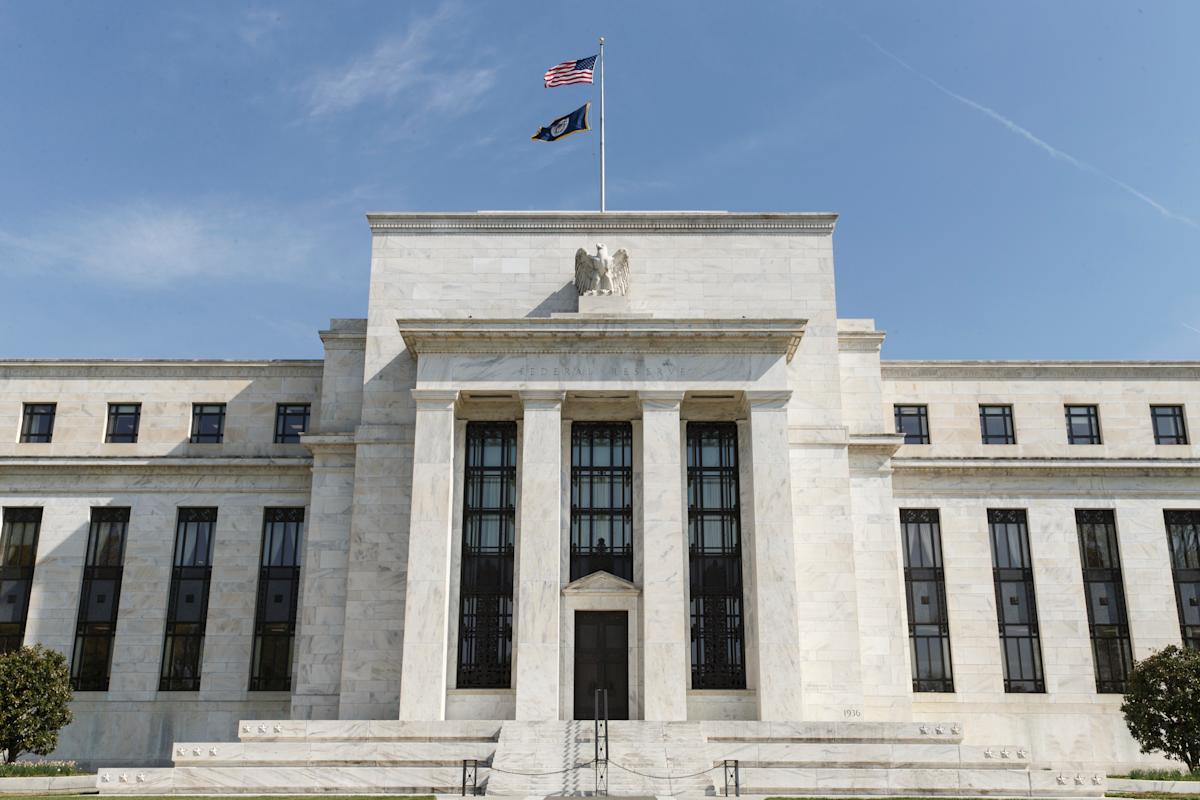September jobs report makes Fed next move unclear
A stronger-than-expected — albeit stale — September jobs report is muddying the picture of whether a split Federal Reserve will cut or hold interest rates steady at its next policy meeting.
Experts and markets are divided.
“They will not cut rates,” Wilmer Stith, bond portfolio manager for Wilmington Trust, said Thursday.
While payroll growth was stronger, Stith noted that the unemployment rate on an unrounded basis was 4.44%, which could create concern for some members of the Fed who view a level of 4.5% as cautionary.
“Getting to that 4.5% unemployment would sort of raise their anxieties about the employment situation, and unfortunately, we’re not going to get an unemployment rate for the month of October, so there is poor visibility. It’s really hard to hang your hat on something definitively one way or the other.”
Payroll growth bounced back in September with 119,000 jobs added, compared with economists’ expectations for 51,000. The rebound comes after jobs were revised to negative 4,000 for the month of August, from an initial reading of 22,000 gained. That contributes to a volatile trend where job creation went negative in June, increased in July, decreased again in August, and rebounded again in September.
Read more: How jobs, inflation, and the Fed are all related
Lower immigration is pushing down the supply of workers in the economy, putting the so-called break-even rate — the number of jobs needed to be added to the economy to keep the unemployment rate steady — at a range most Fed officials see between 30,000 and 50,000. The September print of 116,000 trumped that range.
On the flip side, the unemployment rate rose a tenth of a percentage point to 4.4% from 4.3%— a level it had been inching toward over the past few months.
“The delayed September US employment report delivered an unhelpful split verdict,” said Krishna Guha, head of global policy and central banking for Evercore ISI, pointing to the monthly payroll gains and accompanying bump in unemployment.
“This report — stale, noisy, prone to revision — was never going to provide a high-quality steer as to cut or skip in December,” Guha said. “But a clear upside or downside surprise across the report as a whole might well have served as a tie-breaker for a deeply divided Fed. We view the report as close to a wash … that December remains a coin flip with the tiniest bias to a cut.”
The report was initially supposed to be released on Oct. 3 but was delayed due to the government shutdown. The Labor Department says it will not publish an October jobs report, and the November jobs report won’t be released until Dec. 16, nearly a week after the Fed’s policy meeting.



Leave a Comment
Your email address will not be published. Required fields are marked *